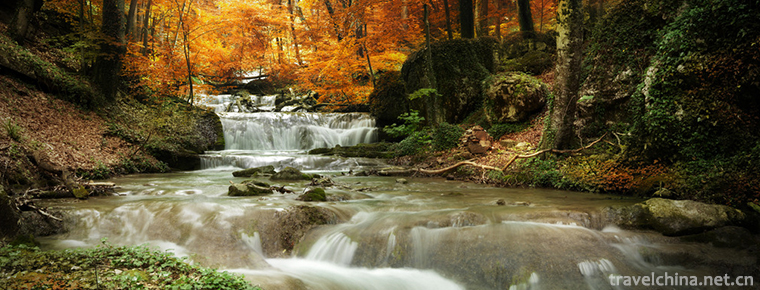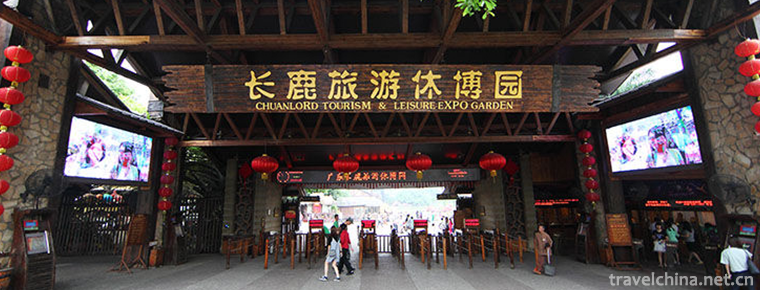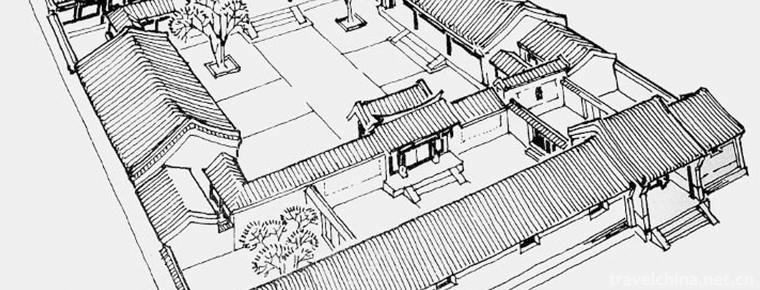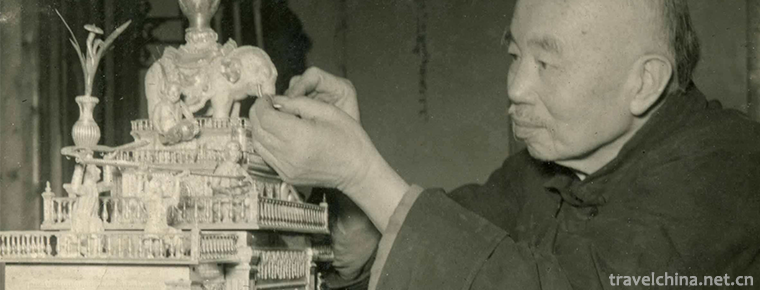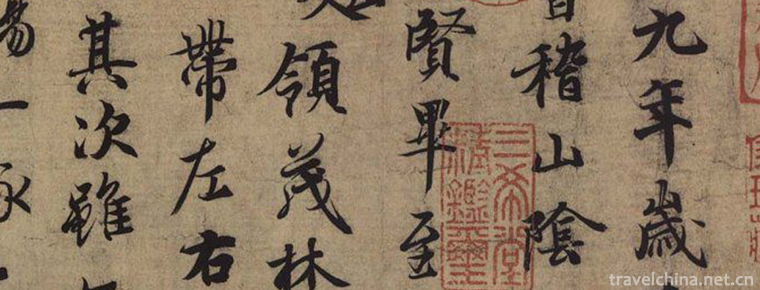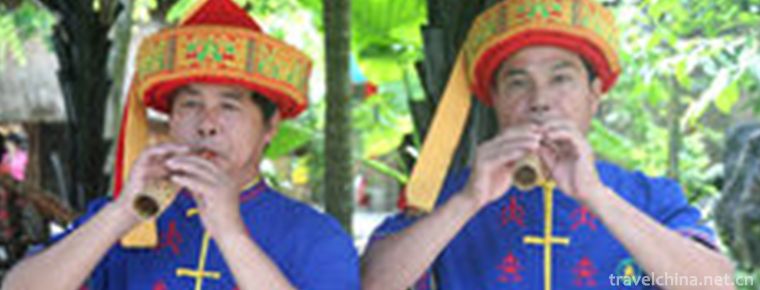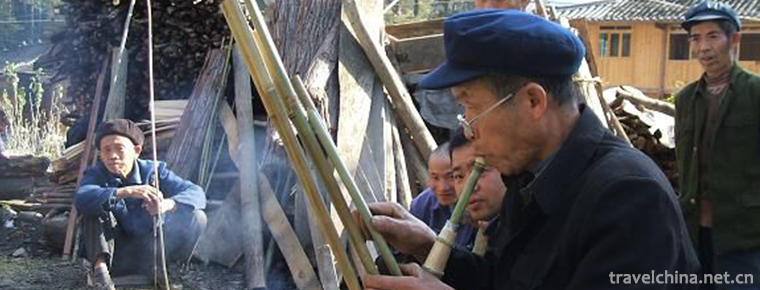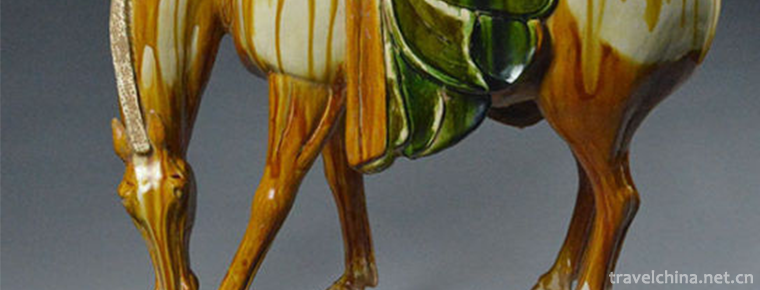Jingshan tea banquet
Jingshan tea banquet
Jingshan Tea Banquet, born in the Longevity Chan Temple of Jingshan, Jingshan Town, Yuhang District, began in Tang Dynasty and flourished in Song Dynasty. It has a history of more than 1200 years. It is a unique tea-drinking ceremony of Jingshan Ancient Temple, which replaces wine with tea. In 2005, Jingshan Tea Banquet was included in the list of representative works of intangible cultural heritage in Yuhang District.
On May 23, 2011, Jingshan Tea Banquet was approved by the State Council to be included in the third batch of national intangible cultural heritage list.
Historical origin
In Song Dynasty, many emperors built Zen monasteries. When they met the celebration or prayer meeting when the imperial court gave them robes and tin canes, they often held a grand tea banquet to entertain guests. The participants were all monks of the monastery and local celebrities. The "Jingshan Tea Banquet" of Jingshan Temple in Yuhang, Zhejiang Province, is well-known for its wild interest in mountain forests and high charm of Zen forests. During the tea banquet, Buddhist disciples gathered around the "Tea Hall", and the order of the tea banquet and Buddhist rituals, ordered tea, offered tea, smelled scent, tasted and expressed friendship in turn. Firstly, the abbot personally poured the fragrant tea "Buddha tea" to show his respect and called it "order tea"; then the monks consecutively dedicated the fragrant tea to the guests, named "offer tea"; after the banquet, the banquet participants first opened the cup to smell the fragrance, then raised the bowl to appreciate the color and luster of the tea soup, and then opened their mouths to taste in the praise of "click". After three tours of tea, they began to appreciate the fragrance and color of tea and praise the moral character of the master. Finally, they talked about Buddhist chanting and narrative friendship.
The culture of Zen tea in Jingshan Temple can be traced back to Tang Dynasty. The monks held tea banquets, ritualized Buddhas and practiced Zen, and formulated unique etiquette. In the Song Dynasty, its influence covered the south of the Yangtze River, and it was known as the "first Zen forest in the southeast" and became the center of Zen tea exchange between China and Japan. Lu Yu, the "Tea Sage", once lived in seclusion at the foot of Jingshan Mountain and wrote down the famous "Tea Sutra".
As a model of the combination of Zen rules and tea party etiquette in China, Jingshan Tea Banquet includes more than 10 ritual procedures such as Zhang Chabang, beating tea drums, respectful invitation to the hall, Shangxiangli Buddha, fried soup and ordering tea, traveling tea, saying and eating tea, thanking tea and withdrawing from the hall, etc.
Chinese and Japanese Tea Culture
Jingshan has been the window and bridge of Sino-Japanese cultural exchanges since ancient times. Jingshan tea banquet is the important content and main carrier of cultural exchanges between the two countries, as well as the origin of Japanese tea ceremony. During the Song and Yuan Dynasties, there were frequent exchanges between Chinese and Japanese Zen monks. Cao Dong Sect and Linji Sect, the popular Zen sect in the south of the Yangtze River, spread eastward to Japan, established sects and extended in Guaku. Among the 24 sects of Zen that appeared in the period of Shimura Shogunate in Japan, 20 sects came from Linji, and 13 of the 14 sects of Zen formed in recent times came from Linji Zen sect, Jishan Sect.
Qian Guangrongxi, a Japanese monk who had been in the Song Dynasty for the second time to seek law, was treated at the Datang Tea Festival at the Jiushan Temple for praying for rain in the capital city. When he returned home, he brought Tiantai Mountain tea, tea seeds, tea planting, tea making technology and tea drinking etiquette. He wrote "A Record of Tea Health", introducing tea planting, tea drinking methods and the effects of tea. He was praised as "Tea Saint" in Japan.
When the Japanese Cao Dong Zong Kaishan ancestor Xixuan Dao entered the Song Dynasty to seek law, he also climbed Mount Jingshan to ask questions. After returning home, he formulated a series of rules and regulations according to Baizhang Qing Rule and Zen Yuan Qing Rule of the Tang and Song Dynasties, collectively known as Yongping Qing Rule. According to the ritual law of Jingshan tea banquet, he made detailed regulations on tea ceremony, such as eating tea, traveling tea and tea soup, which had a far-reaching impact on Japanese tea ceremony etiquette law.
According to the Encyclopedia of the 18th Century in Japan, Sao Ming Nampo, a Japanese monk, introduced the Koyama tea banquet to Japan in 1259. This discovery provides important literature and historical data for the demonstration of the origin of Japanese tea ceremony. From the eighteenth century, the fourth volume of the Textual Research on Analogous Famous Things compiled by Junming Yamaoka, a master of Chinese Studies in the middle of the Edo period in Japan, records: "From the beginning of the tea banquet, in the middle of the first year (1259), the former Chongfu Temple opened the Nanpu Shaoming Mountain, and in the Tang and Song Dynasties, it also went to the Jixutang Temple of the Kiyama Temple, and passed on its law and religion."
This historical record confirms that the Japanese tea ceremony originated from our country's Jingshan tea banquet, and became the "iron evidence" that the Japanese tea ceremony originated from the Jingshan tea banquet.
value
Jingshan Tea Banquet embodies the ancient Zen tea etiquette, is the treasure of Chinese Zen tea culture and etiquette culture, and has high academic value; its tea drinking etiquette shows quiet elegance, delightful spirit, tea tasting and heart-nourishing, tea fighting fun and Buddhist realm is unique, with high artistic value; Song Dynasty, with the spread of Buddhism to Japan, Jingshan Tea Banquet gradually developed into Japanese Tea Tao, Jingshan Tea Tao. Tea banquet is the source of Japanese tea ceremony and an important carrier of cultural exchanges between China and Japan.
Present situation
Jingshan Tea Banquet has been lost for a long time in Jingshan. Since the 1980s, people of insight in Zhejiang Tea Industry have tried to recover and held many ceremonies imitating Jingshan Tea Banquet. Faced with the changes of the times and the impact of powerful culture, the ancient tea drinking etiquette of Jingshan Tea Banquet has been in an endangered state for a long time. It is urgent to rescue and protect it.
Honor
On May 18, 2010, the Ministry of Culture of China announced the third batch of national intangible cultural heritage list of recommended projects (new entries). The "Jingshan Tea Banquet" declared by Yuhang District, Hangzhou City, Zhejiang Province, was selected as the intangible cultural heritage in the category of folk items.

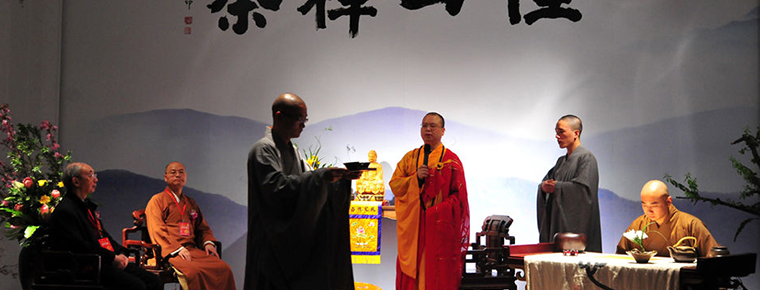
-
Mountain Yuntai
Yuntai Mountain is a world geological park, national AAAAA-class tourist attraction and national scenic spot, located at the junction of Xiuwu County in Jiaozuo City, Henan Province.
Views: 145 Time 2018-10-29 -
Changlu Tourist Xiubo Garden Scenic Area
Changlu Tourist Xiubo Park, or Changlu Environmental Resort Farm (hereinafter referred to as "Changlu Farm"), became the national 5A scenic spot in November 2014. It is the only national 5A .
Views: 204 Time 2019-03-17 -
Traditional Building Techniques of Beijing Siheyuan
Beijing quadrangle traditional craftsmanship, Beijing local traditional handicraft, one of the national intangible cultural heritage..
Views: 662 Time 2019-04-04 -
Ancient Clock Repair Skills
Behind the Cining Palace in the Palace Museum of Beijing, there is a row of red pillars and grey tiles. A group of "craftsmen" have been dealing with the treasures of the deep palace.
Views: 128 Time 2019-05-01 -
Chinese character calligraphy
Chinese character calligraphy has been recognized by the world for its brilliant civilization of 5000 years and its incomparable rich written records. In this vast and profound history,.
Views: 192 Time 2019-05-02 -
Li Folk Songs
Folk songs play an important role in daily life. Almost all men, women and children can sing. Especially on festive days, singing is an indispensable recreational activity. In the daily production wor.
Views: 308 Time 2019-05-12 -
Miao Lusheng Production Techniques
Miao Lusheng production process is complex, generally using scraping, cutting, through, hammering, clamping, drilling and other related tools, through the selection of materials, baking materials, mak.
Views: 153 Time 2019-06-05 -
Tang Sancai Techniques
Tang tri coloured firing technique originated from the early Tang Dynasty. The tri coloured glazed pottery of Tang Dynasty, as the essence of traditional Chinese art in the Tang Dynasty, has a history.
Views: 121 Time 2019-06-18 -
Tin carving
Tin sculpture, the traditional Chinese sculpture art, is a unique craft in China and even in the world. It has a history of more than 300 years. The craft has a long history and has a long history. In.
Views: 331 Time 2019-07-01 -
Former residence of Wu Yuzhang
Wu Yuzhang's former residence is located in group 6, caijiayan village, Shuangshi Town, Rong County, Zigong City, Sichuan Province. It is 14km away from the county seat and 32km away from Zigong City..
Views: 167 Time 2020-10-15 -
Suining transportation
Suining is a transportation hub city in Sichuan Province, with an equal distance of 128 km between Suining and Chengdu Chongqing. It is an important node city and secondary comprehensive transportation hub between Chengdu and Chongqing. 237km "3-way 7-line" railway.
Views: 123 Time 2020-12-16 -
Dazhou economy
In 2019, Dazhou's GDP will reach a new level, reaching 204.15 billion yuan, with a year-on-year growth of 7.7% based on comparable prices. Among them, the added value of the primary industry was 34.48 billion yuan, an increase of 2.9%; the add.
Views: 156 Time 2020-12-20
